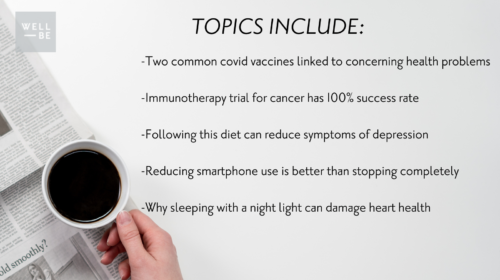
cancer
These articles are all related to, or touch on, the subject of cancer. Cancer is a category of diseases in which abnormal cell growth damages the body and often spreads from one area to another. If these abnormal cells aren’t contained, they can interfere with essential bodily functions, often leading to death. Cancer is the second leading cause of death among Americans, according to the CDC.
There are many different types of cancer, and each has a different risk profile. Some are relatively easy to treat, others are quite lethal; some are tragically common, others are very rare. A person’s risk of developing cancer is influenced by many factors, including sex, race, genetics, and age, but lifestyle also plays a massive role. Lifestyle choices like what you eat, how much you exercise, whether or not you smoke, and what kind of products you use can often determine whether or not a person develops cancer.
Read these articles to learn more about what choices and lifestyle factors influence cancer risk and what you can best do to protect yourself, as well as read stories of people who have used integrative and holistic approaches to overcome cancer diagnoses.


Ken Cook, Founder of the Environmental Working Group, on Protecting Yourself from Dangerous Chemicals

Is Grilling Healthy? It depends. The WellBe Guide to Safe Grilling

The WellBe Health Research & Wellness News Wrap-Up: April 2022

What’s the Most Effective Diet? Breaking Down Today’s Most Popular Diets

The WellBe Guide to Different Types of Sugar (And Is “Good Sugar” a Thing?)

How Elissa Goodman Said No to Chemo In Favor Of Natural Cancer Treatment — And Healed

What’s A Thermography Scan? Tammy Kohlschmidt Explains Infrared Thermography

